A few years ago I found myself with more holiday than my girlfriend (now wife), as luck would have it one of my good friends was in a similar position. We decided to hatch a plan for a week away.
The friend in question is Kiwi born, Aussie brought up and of Polish extraction (with the ‘owski’ to match). I first met him in Perth WA during my travelling days. At this time he was working as a journalist for Sky in London, about to embark on a number of years reporting from some pretty hostile environments including Iraq, Afghanistan and Libya, where he was one of a group of journalists held captive in the Rixos hotel in Tripoli for 5 days.
This particular December we met in a London ‘Battlecruiser’ (boozer) to thrash out the finer points of our trip, namely where we were going to go. A few drinks in we decided to let fate make the decision and tossed a coin to see who got to choose the destination. Prior to this we had agreed on some guidelines: a short flight, less than 4 hours and a budget of around £300. I lost and left a few hours later wondering what he’d come up with. The following evening he called to say he’d found the perfect fit. We’d be flying to Beirut on Saturday.
There’s so much I could write about our week in Lebanon. Our ill conceived plan to walk to Syria over the Anti-Lebanon Mountains. Only to end up spending £50 in a cab from Tripoli (Lebanon’s second largest city), that took us as far as possible before we got out to do some sledging and then came straight back as the realisation this was not a viable option dawned.
Our eventual sojourn in Syria, a night in Damascus, travelling in a packed mini bus sharing a seat with a shepherd and what I can only guess was a goat carcass oozing from the nylon sack on his lap. The border crossing, where the guard charged my companion using his Aussie passport $25, before demanding I pay $50. Surely not I questioned, you just charged my friend $25? “When Syrians go to London they pay £50, when you come to Syria you pay $50!” Trouble was we didn’t have $50. Once this sunk in and having already stuck the stamps in my passport – the envelope type, no ink here, he began slowly trying to peel them off only to decide better of it and scribbled what turned out to be a payment on departure note next to them.
I digress.
The undoubted highlight of the week was our visit to Baalbek, the site of the largest Roman ruins in the world. Baalbek sits at the edge of Lebanon’s most troubled region, the Beqaa valley, the Headquarters of Hezbollah and one of the most beautiful places I’ve been to.
 On arrival we checked into the Palmyra Hotel a magnificent hotel from a bygone era with wide hallways and real keys, whose clientele since it first opened its doors in 1874 have included General Allenby, Commander of British Forces, Middle East in WWI, Nina Simone, Ella Fitzgerald, the last German Kaiser Wilhelm II, French poet Jean Cocteau and Charles De Gaulle. This was some years before the war in Syria but even then we had the place to ourselves.
On arrival we checked into the Palmyra Hotel a magnificent hotel from a bygone era with wide hallways and real keys, whose clientele since it first opened its doors in 1874 have included General Allenby, Commander of British Forces, Middle East in WWI, Nina Simone, Ella Fitzgerald, the last German Kaiser Wilhelm II, French poet Jean Cocteau and Charles De Gaulle. This was some years before the war in Syria but even then we had the place to ourselves.
The following morning after a breakfast of Lebanese flatbread, jam and yoghurt we headed across the dusty road to explore the ruins themselves.
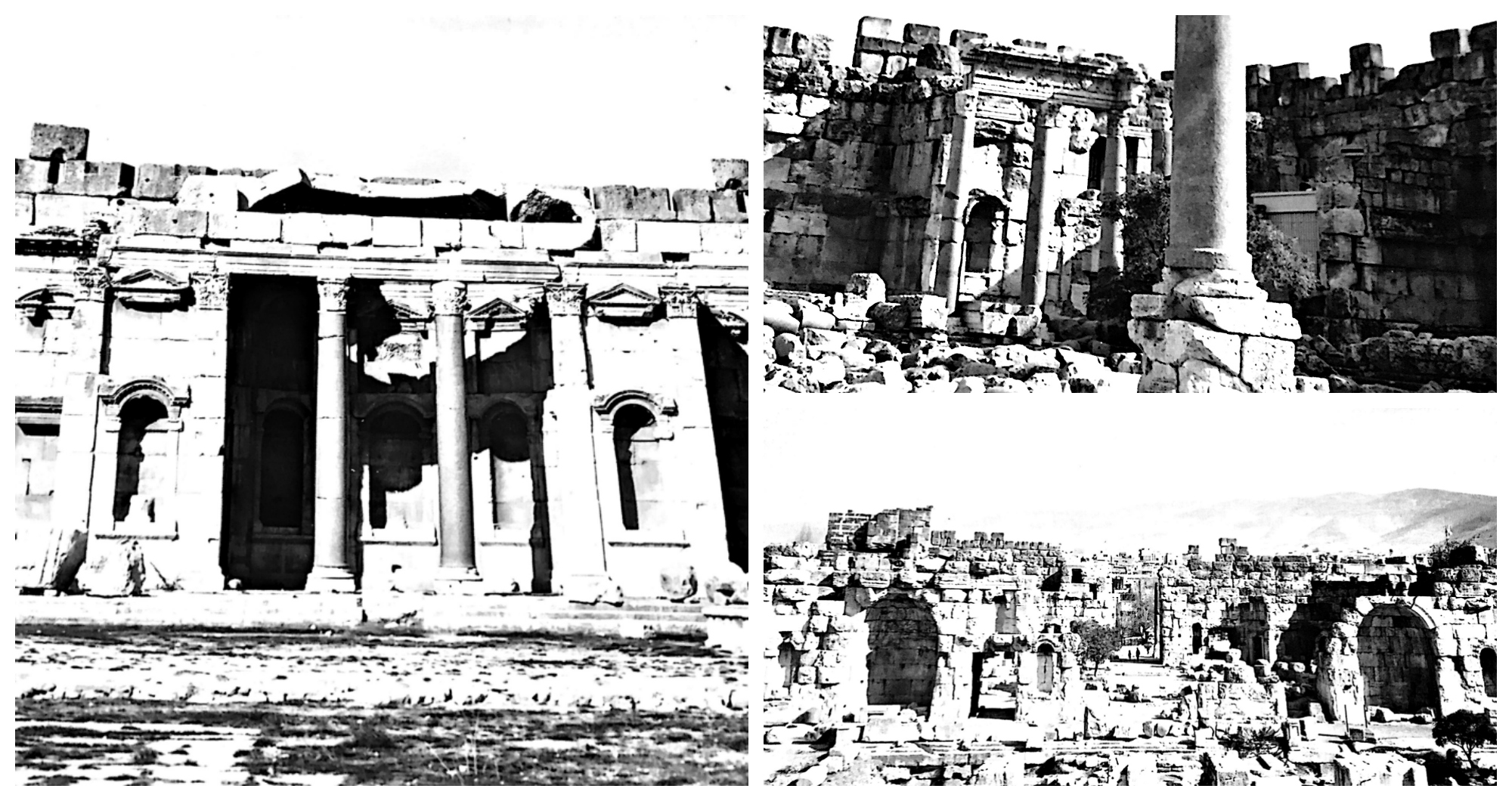 In Roman times Baalbek was known as the City of the Sun and although most of the ruins date from the Roman empire they followed the pattern of building upon sacred areas of cultures before them. The sheer size of the complex is staggering but two buildings in particular capture your imagination.
In Roman times Baalbek was known as the City of the Sun and although most of the ruins date from the Roman empire they followed the pattern of building upon sacred areas of cultures before them. The sheer size of the complex is staggering but two buildings in particular capture your imagination.
The Temple of Jupiter featured the largest columns in the world at 22.9m high and with a girth of 2.2m. Originally it stood with 10 columns along the façade and 19 columns down the side, only six remain standing today along with the architrave. The foundation stones beneath reveal some of the largest building blocks to be found anywhere on earth estimated to weigh over 1000 tonnes.
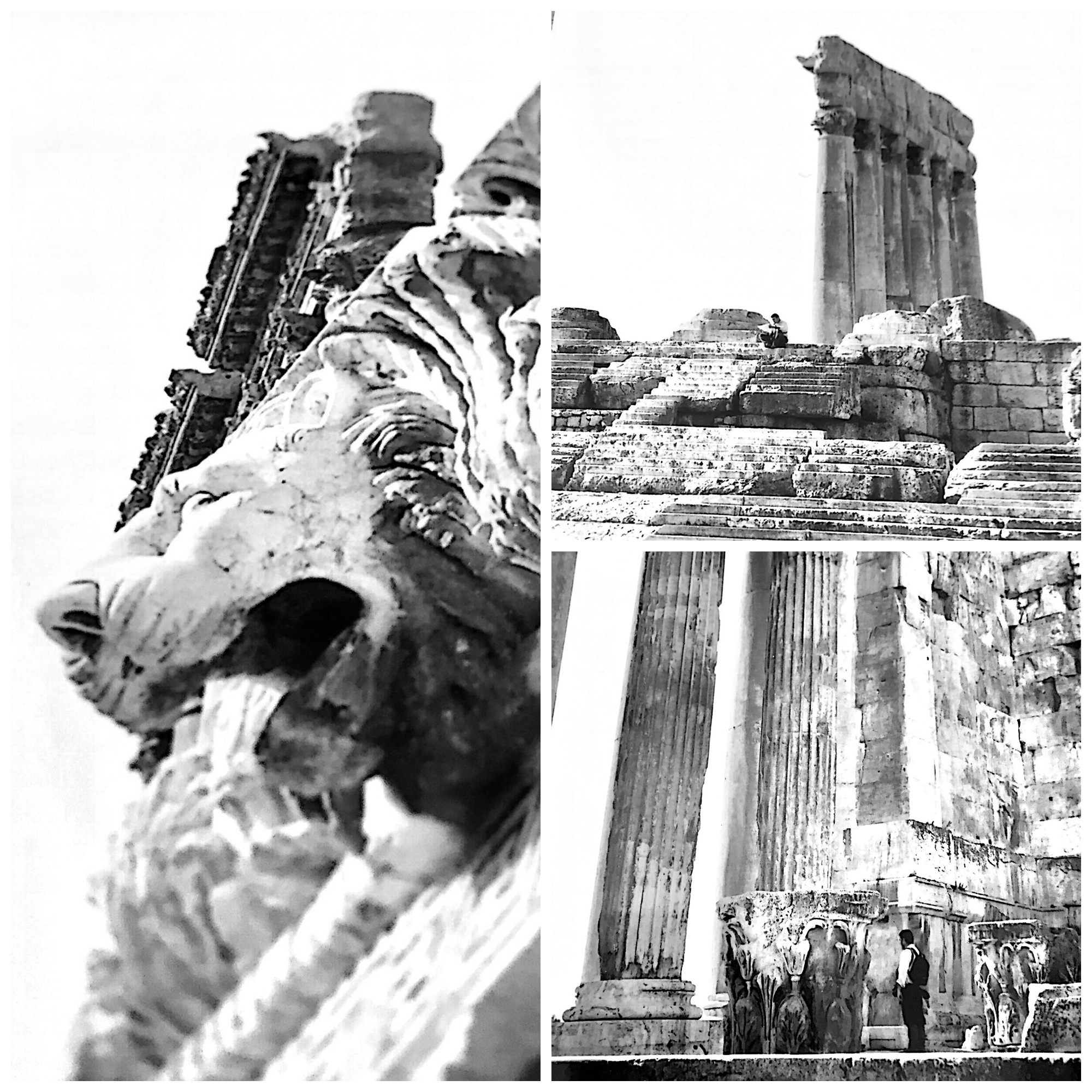 The Temple of Bacchus is fantastically well preserved and recognised as one of the most ornate Roman temple ruins in the world. At 66m long, 35m wide, and 31m high the temple was built close to the courtyard in front of the larger temple of Jupiter. It survived so well intact by being buried by the rubble of the rest of the sites ruins. Inside the walls are emblazoned with decorations depicting scenes from the birth and life of Bacchus.
The Temple of Bacchus is fantastically well preserved and recognised as one of the most ornate Roman temple ruins in the world. At 66m long, 35m wide, and 31m high the temple was built close to the courtyard in front of the larger temple of Jupiter. It survived so well intact by being buried by the rubble of the rest of the sites ruins. Inside the walls are emblazoned with decorations depicting scenes from the birth and life of Bacchus.
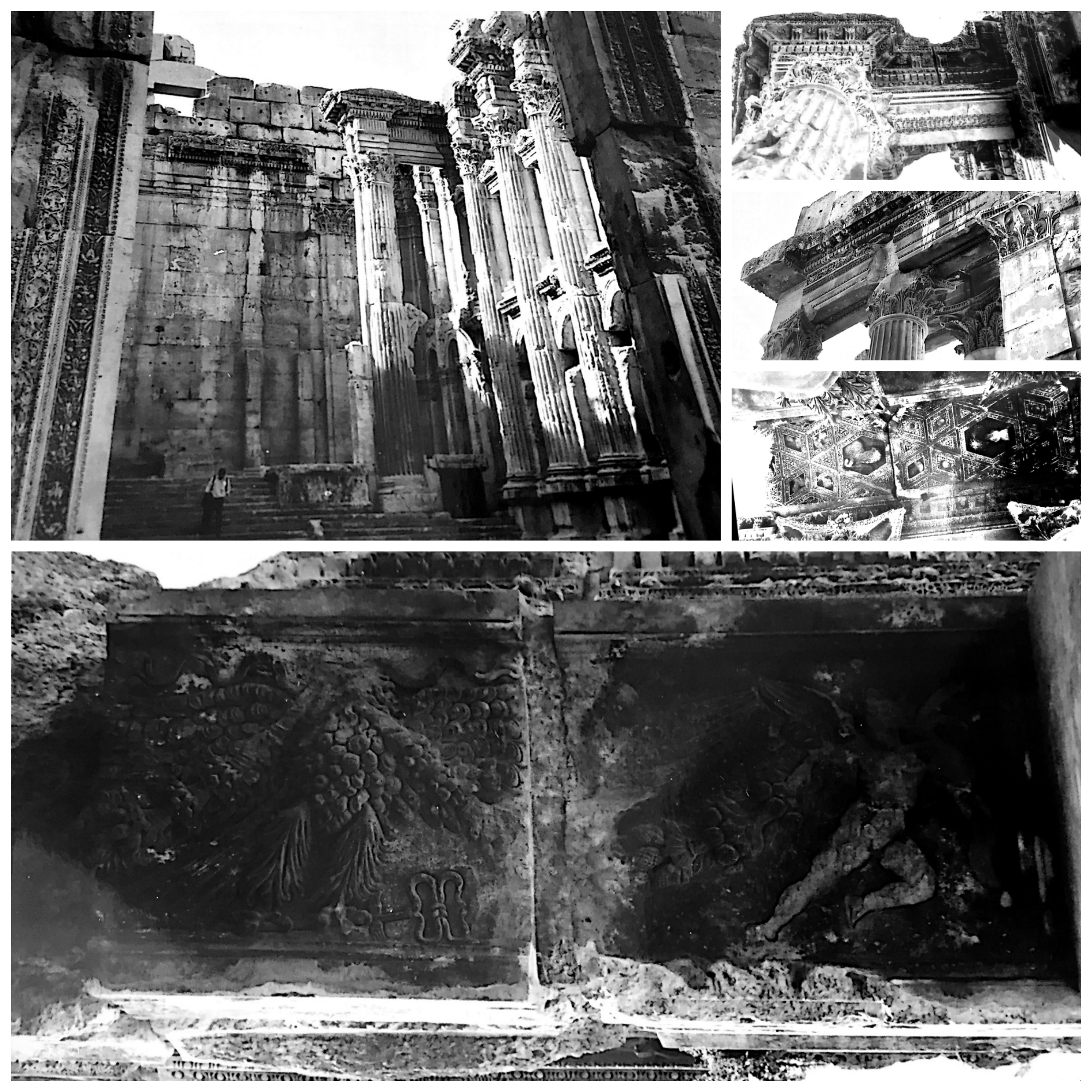 Baalbek is a magical experience on a road less travelled. One I hope to take again in the future.
Baalbek is a magical experience on a road less travelled. One I hope to take again in the future.
Guest post by Jonathan Dove. Featured image credit: iStock

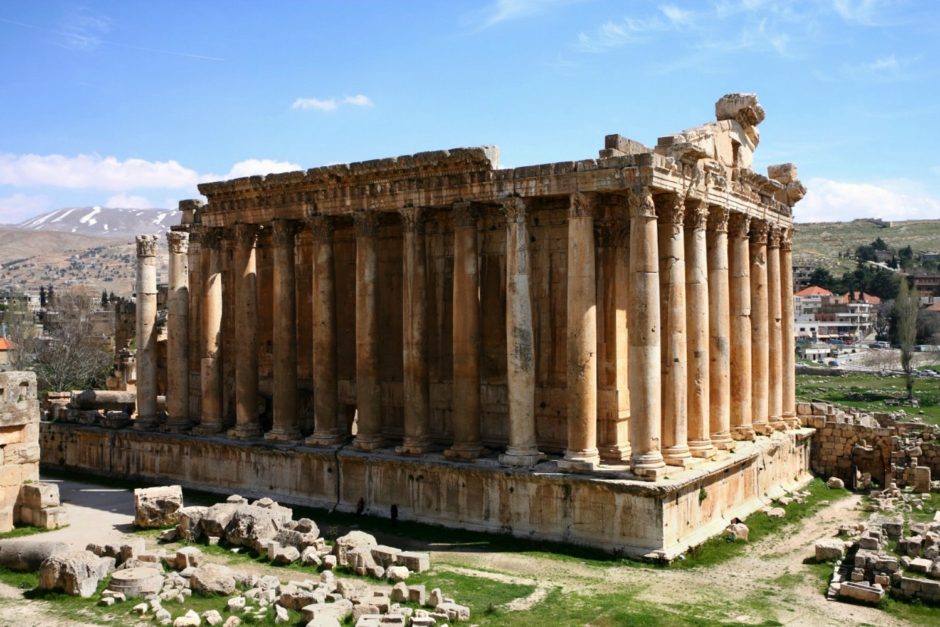
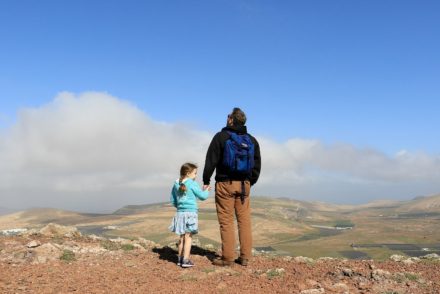
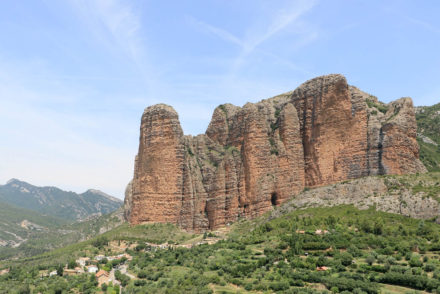
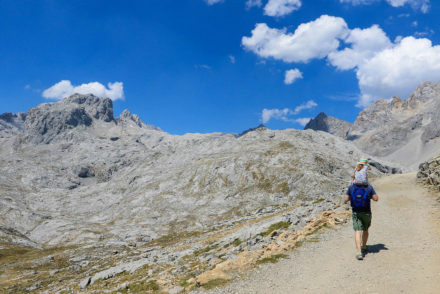
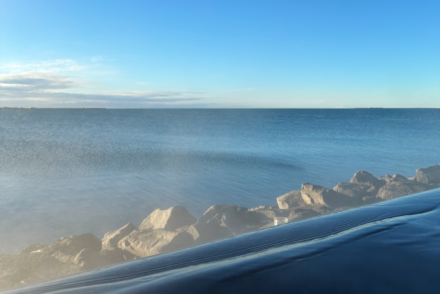
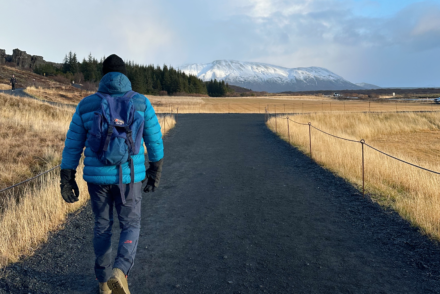
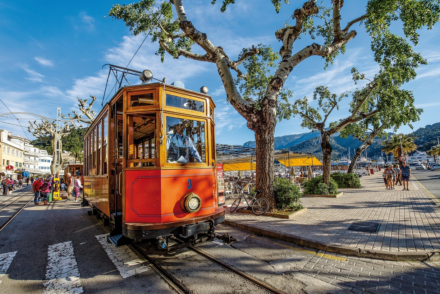
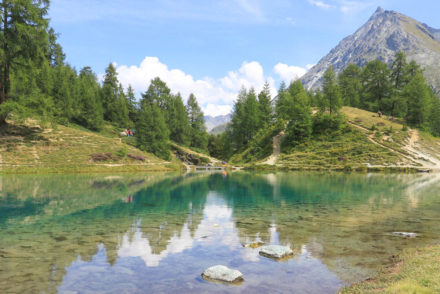
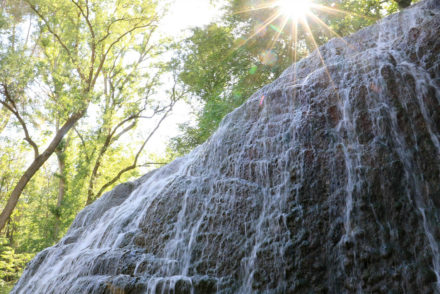
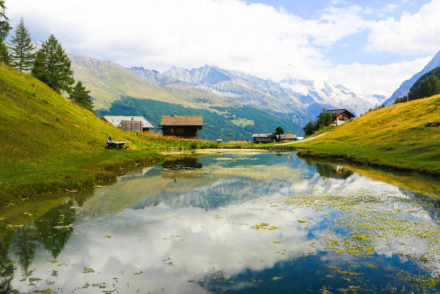
What amazing ruins! I didn’t realise Lebanon had that sort of historical site.
What an amazing adventure, I’d love to hear more! When I saw the title with the name Baalbek and an image of Roman ruins I couldn’t imagine where it could be; I’ve never heard of Baalbek which as the largest Roman ruins seems so wrong….they deserve to be much better known. I loved finding out a little about them.
Woah! They are seriously impressive. I didn’t even know these were there, great snaps x
Wow, that is stunning – I do hope you get to visit soon
You were really brave even traveling there! It is such a shame that some of the world’s most beautiful and significant places are in such war torn and dangerous areas.
The last time I went to Beruit, I had to have two passports as I needed to go to Israel the month after – Although with work trips I never saw more than the insides of the office and my hotel room!
What an incredible story. This part of the world is a mystery to me; I’d love to visit one day. Your description of how and why you were charged 50 dollars made me chuckle.
What amazing photos – I would never have thought it was such a beautiful place x
What an amazing and picturesque historic site.
Now this looks amazng, I have never seen the Baalbek ruins but your post was just fasincating!
Wow it looks absolutely amazing and so so big. I’ve heard both Lebanon and Syria have some breath taking historical sites.
What remarkable pictures, quite an adventure and sensible to pair up with someone else with extra holiday entitlement too! 🙂 x
What an absolutely beautiful place! Truly incredible; thanks for sharing!